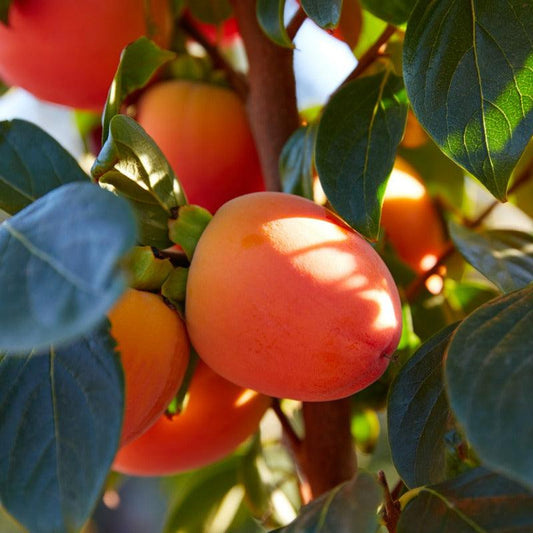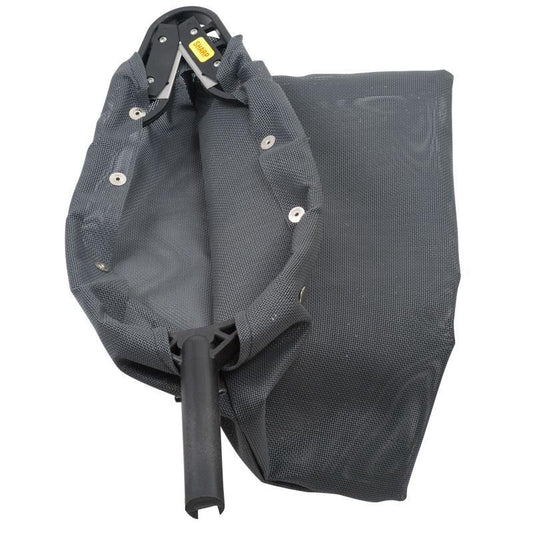The Ultimate Guide to Persimmon Tree Growing Zone & Spacing
Persimmons are gorgeous, productive trees that reward you with glossy leaves and bright orange fruit. To get the best results, dial in your persimmon tree growing zone, sunlight, soil, and—most importantly—persimmon tree spacing.
This quick, plain-language guide covers what to plant, where to plant it, and how far apart to plant persimmon trees so your trees thrive and start producing fruit on schedule.

Know Your Zone and Sun
What zones can persimmons grow in?
- American persimmons (Diospyros virginiana), also called common persimmons, are very cold hardy (about USDA Zones 4–9).
- Asian persimmons (Diospyros kaki) prefer warmer areas (about Zones 7–10), though some can take light frost.
Not sure about your zone? Use this handy checker: What is my growing zone? Then compare varieties in Comparing American and Asian Persimmon Varieties.
Persimmon sun requirements
Do persimmon trees need full sun? Yes—aim for full sun (6–8+ hours daily). Shade reduces fruit production and size. In very hot areas, a touch of late-day shade helps young trees avoid leaf scorch.

Spacing: How Far Apart to Plant Persimmon Trees
How far apart should I plant persimmon trees?
- American persimmon trees: 20–25 ft apart (they’re larger; many trees grow over time to 35–60 ft tall in open sites).
- Asian persimmons: 12–15 ft apart (more compact habit).
This persimmon tree spacing lets light reach the center of the tree, improves airflow, and makes pruning and harvest easier. If you’re planning multiple trees, see how far apart to plant persimmon trees above and choose a layout you can move through with a ladder or picking pole.
Size: How Big Do Persimmon Trees Get?
Persimmon tree size at a glance
- American persimmons: Tall, spreading; plan for substantial height at maturity.
- Asian persimmons: Medium; many home plantings top out at 12–20 ft with pruning.
“How tall is a 5 year old persimmon tree?” With good growing conditions, expect 8–12 ft for Asian types and potentially more for vigorous Americans.
Soil, Planting, and Water
Soil and drainage
Persimmons like well-drained soils—sandy loam is ideal, but amended clay can work if water doesn’t sit. Avoid soggy spots that cause root problems.
Best time to plant persimmon tree
Plant bareroot in late winter to early summer depending on region; container trees establish well in spring. Step-by-steps here: Planting Persimmon Trees. For the full picture on growing persimmon trees, read All About Growing Persimmons and the Comprehensive Guide.

Pollination, Flower Types, and Fruit Set
Some American and Asian varieties are self-fertile, but others benefit from cross pollination to boost bearing fruit. Many American types have male and female trees on separate plants or can change flower types. Planting two compatible varieties can increase persimmon fruits per tree.
Do you need two persimmon trees to produce fruit? Not always—but yields may improve with a partner. Check variety notes before you grow persimmons; if space allows, pair trees at the spacing above.
Care That Supports Fruit Production
- Pruning: In winter, remove dead or rubbing wood; in summer, keep light in the canopy. Learn simple cuts in Pruning Techniques for Healthy Persimmon Trees.
- Fertilizing & Water: Moderate feeding and deep, infrequent watering support steady growth through the growing season without excessive vigor.
- Where to buy: Explore varieties and rootstocks in our Persimmon Trees collection.
Wrap-Up
Match the persimmon tree growing zone to your variety, give full sun, pick well-drained soils, and follow the spacing above. With smart placement and simple pruning, your trees will grow persimmons reliably and fill your yard with delicious orange fruit. For deeper learning and variety choices, browse our Persimmon Trees and dive into the guides linked throughout this article.




